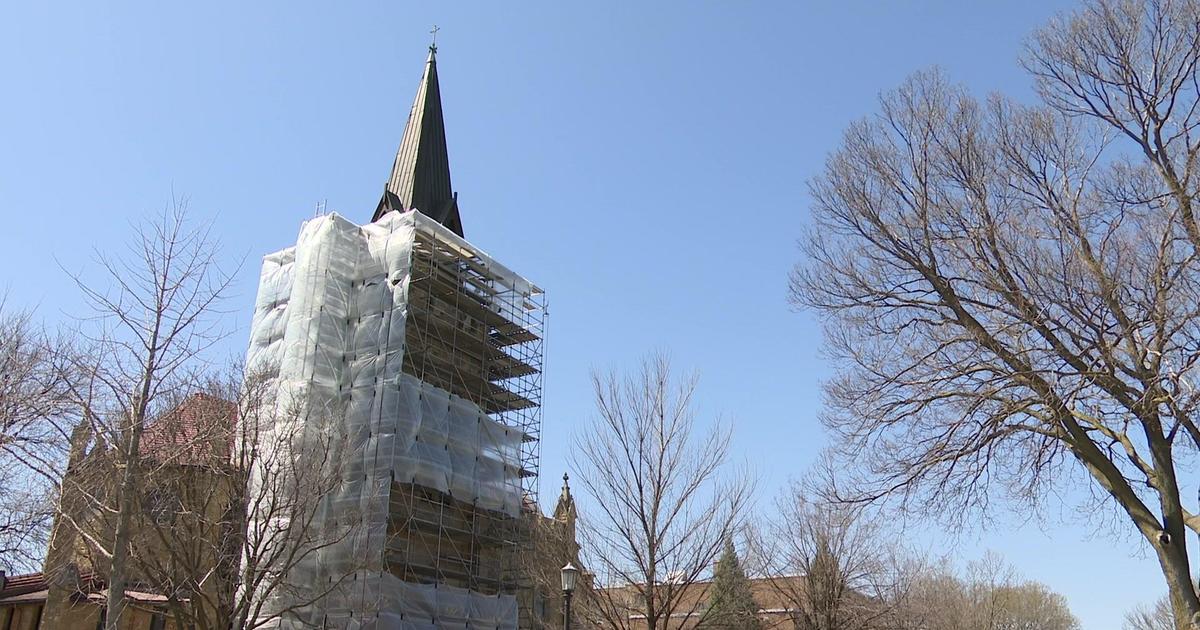Next-Gen Satellite GOES-S Launches To Watch Extreme Storms
MINNEAPOLIS (WCCO) – On Thursday, the country's newest high-definition weather satellite, GOES-S, launched from the Kennedy Space Center.
It's the second satellite to launch in a series of four. (GOES-R was the first).
Each of the new weather satellites has technology that's 40 years newer than the previous fleet.
GOES-R caught the launch of #GOESS. The circled area is the exhaust smoke plume of the @ulalaunch #AtlasV rocket that lifted it to space! Click this link for a high-res animation https://t.co/UbFeFpd4b1 pic.twitter.com/u0F2dqMSy6
— Mike Augustyniak (@MikeAugustyniak) March 1, 2018
As the second to launch, GOES-S will watch over the Western U.S. and Pacific Ocean until 2026.
The previous satellite, GOES-R (of GOES-16) watches over the Atlantic Ocean. It's already given meteorologists some valuable information.
Take Hurricane Harvey:
"In particular, the Corpus Cristi area, we were able to see from the satellite data where the eye [of the storm] was located, and that allowed emergency managers to evacuate approximately 200 people," said Dr. Jamese Sims, the satellite's products manager. "Additionally, we were able to utilize GOES-16 data in Puerto Rico when the storm -- Hurricane Maria -- actually blew out the radar."
GOES-16 and GOES-S both provide storm images every 30 seconds to one minute and real-time mapping of lightning.
"Lightning data can tell us a lot about storm updraft strength and how quickly a storm is intensifying," Sims said. "Forecasters can integrate this with their other observations to make a decision earlier and also with more confidence."
Even travel can be easier with these new eyes in the sky.
"What we've seen from GOES-16 is that we were able to detect when the fog was dissipating and alert the FAA so that they could remove ground delays and actually land 32 flights that saved approximately $100,000," Sims said.
In our changing climate, wildfires in the western U.S. are becoming more common and more costly. Their smoke can even reach us in Minnesota.
New technology aboard GOES-S allows detection not only of smoke, but of a fire's heat signature.
This data is beamed down 24/7, as opposed to before when we only received one scan every 24 hours.
"What we've been able to do is actually detect the wildfires from the satellite data and alert the firefighters prior to them receiving the 911 call," Sims said.
The price tag for all of this tech seems high at first: $10.8 billion for four satellites over the program's 30-year life cycle.
But when you consider that there was a staggering $16 billion in U.S. weather disasters just last year, these satellites start to look like a bargain, especially since they have the potential to save lives and property.



